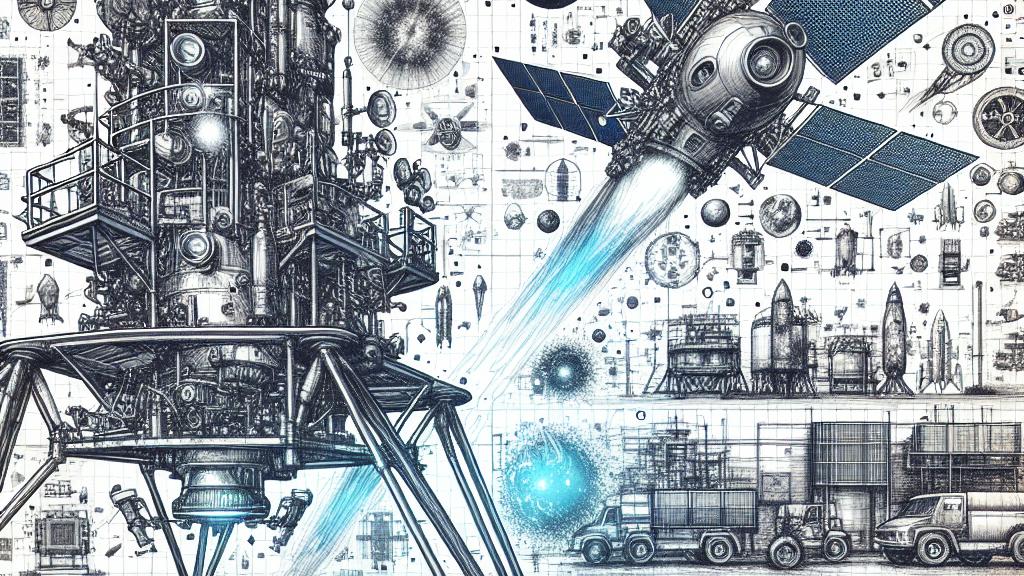Exciting New Missions to the Moon by Private Companies
Overview
- Two groundbreaking lunar landers launch towards the Moon, signaling the rise of private space exploration.
- NASA's collaboration with innovative companies redefines the future of lunar research.
- These missions could pave the way for a sustained human presence on the Moon.

Private Companies: Trailblazers of Lunar Exploration
In an electrifying event that captured the attention of space enthusiasts everywhere, two cutting-edge lunar landers took flight from NASA's Kennedy Space Center in Florida. This launch isn’t just a moment in history; it's a transformative step forward in space exploration. Companies like Firefly Aerospace, based in Texas, and Japan’s ispace, are leading the charge with innovative designs and daring missions. For example, Firefly's Blue Ghost is set to conduct ten unique experiments, from analyzing lunar soil to exploring potential resources, all of which could hold the key to future colonization efforts.
NASA's Strategic Partnerships Unlocking New Horizons
Through its extraordinary Commercial Lunar Payload Services (CLPS) initiative, NASA is expertly teaming up with various commercial firms. This collaboration is not merely a trend; it represents a strategic shift in how we approach lunar exploration. The initiative has opened the doors to partnerships worth a remarkable $2.6 billion by 2028, allowing companies to innovate while fulfilling NASA's scientific objectives. With the goal of preparing for human missions, these contracts are fostering an environment where creativity thrives and bold ideas can flourish.
Laying the Groundwork for Human Life on the Moon
The missions led by Firefly and ispace are not just about reaching the Moon; they are foundational steps aimed at creating a sustainable human presence. Picture this: ispace's rover will delve into the lunar soil, searching for water and food sources that may support future astronauts, while also testing technologies that will aid in sustaining life. The significance of these experiments cannot be overstated; they are a critical element in the grand vision of establishing a human settlement on the Moon, which could revolutionize our understanding of space travel.
Exciting Challenges and Aspirations of Lunar Landings
Now, envision the thrill of a lunar lander executing a perfect touchdown—an act that both excites and terrifies due to the challenges presented by the moon's harsh environment. Firefly’s Blue Ghost has set its sights on Mare Crisium, aiming for a landing in early March, while ispace's Resilience is adopting a more measured approach with a planned touchdown months later. Each mission carries immense promise, not just to bring back data, but to inspire future generations of scientists and explorers, sparking curiosity about the cosmos. Together, they demonstrate that the Moon is not just a distant rock; it is an inviting frontier full of possibilities.

Loading...